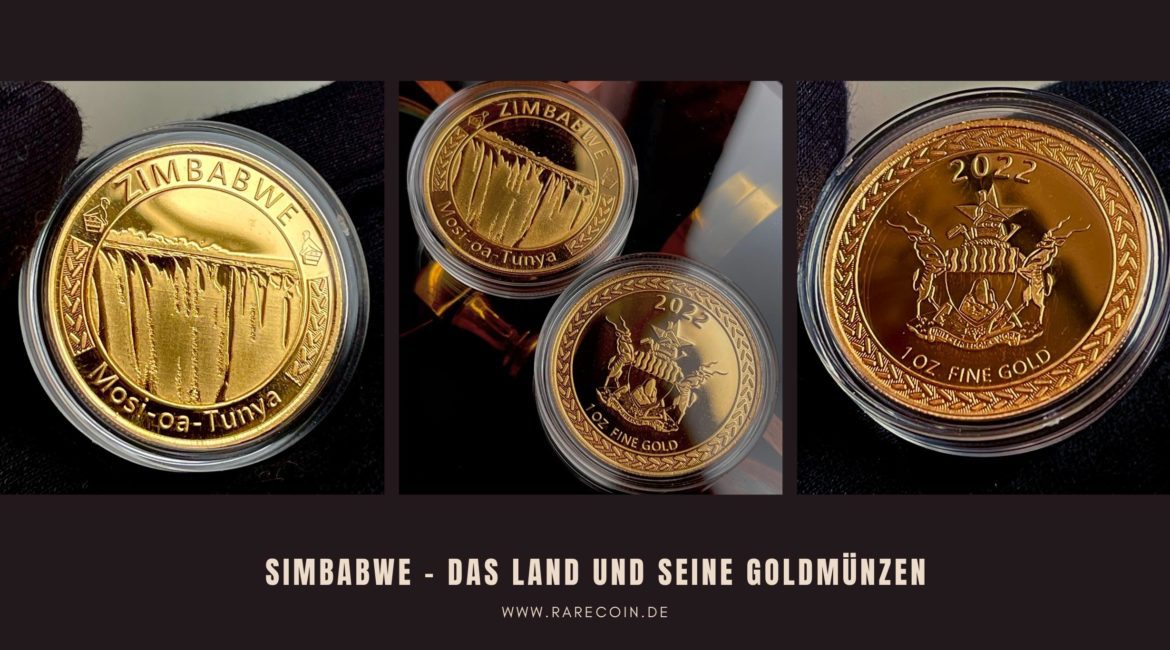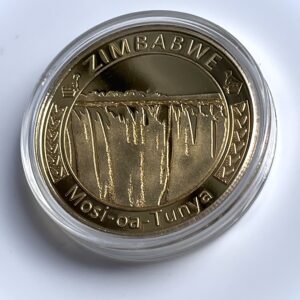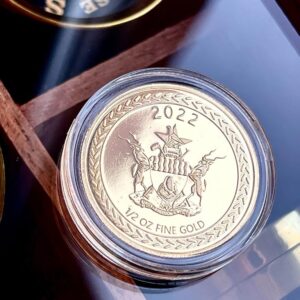Facts and figures about Zimbabwe
The Republic of Zimbabwe is a country in southern Africa. Zimbabwe borders South Africa to the south, Botswana to the southwest and west, Zambia to the west and northwest, and Mozambique to the east.
Harare (1.6 million inhabitants as of 2022), is the largest city and capital of Zimbabwe and is located in Harare Province in the north central part of the country.
The total area is 390.76 square kilometers.
Population: 15.17 million (as of 2022).
Official languages: Chewa, Chibarwe, English, Kalanga, Khoisan, Nambya, Ndau, Ndebele, Shangani, Shona, Sign Language, Sotho, Tonga, Tswana, Venda and Xhosa.
Religion: Christianity and traditional African beliefs.
One of the most interesting facts about Zimbabwe concerns its currency. Zimbabwe has been a multi-currency country since 2008, when the country was hit by massive inflation. To combat inflation, Zimbabwe abandoned its own currency, the Zimbabwean dollar, and began using other currencies-the U.S. dollar, the South African rand, the euro, and the Botswana pula.
Minerals: asbestos, diamonds, gold, silver, limestone, hard coal, cobalt, lithium, copper, nickel, tin, platinum (some of the richest deposits in the world), phosphate rock, chromium, etc.
The gold mines of King Solomon
Zimbabwe is considered the site of Ophir, the ancient rich land from which King Solomon obtained ivory, gold and other precious things. Great Zimbabwe was an ancient Shona town at the center of a vast trading network in southern Africa, trading gold and iron with Portuguese and Indian traders.
Vegetation and fauna
Most of Zimbabwe is covered by savanna forests.
Zimbabwe’s wildlife is rich and diverse. In the northwest and southeast there are zebras, elephants, antelopes, giraffes and lions. The largest protected areas are Hwange National Park in the northwest and Gona Re João National Park in the southeast.
Hyenas, wolves, hippos, buffalo and rhinos also inhabit the savannahs of Zimbabwe. The waters of Zimbabwe are home to crocodiles.
National animal
The stately sable antelope is the national animal of Zimbabwe and one of the most sought-after animals for photographers and trophy hunters alike because of its saber horns. They are very aggressive when it comes to danger and defend themselves fiercely against lions, hyenas and wild dogs.
National dish
Sadza is the national dish of Zimbabwe. It is a type of bread that uses corn flour and is formed into balls with the hands. It can be prepared alone or with the most used product in the country, peanut butter.
Education
According to the New World Encyclopedia, Zimbabwe had a literacy rate of 95.2% in 2000, the highest in Africa. For males, the adult literacy rate (the percentage of people over 15 who can read and write) is 97%.
The export of coffee beans grown on plantations in two regions – Manicaland and Mashonaland – has made the country world famous. As a result of declining export potential, Zimbabwean coffee is now considered rather exotic and rare. The mono variety is the Arabica, which has a distinctively rich flavor profile.
Highlights
Mosi-oa-Tunya National Park/ Victoria Falls National Park is a UNESCO World Heritage Site and is home to one half of Mosi-oa-Tunya – “The Smoke that Thunders”, known worldwide as Victoria Falls – on the Zambezi River.
Hwange National Park in Zimbabwe, home to some 50,000 elephants, all the big cats and more than 400 species of birds, is one of the best safari experiences in Africa.
Hwange National Park is located in the southwestern region of Zimbabwe in southern Africa. It is about 100 kilometers from the city of Victoria Falls, which lies on the mighty Zambezi River on the border between Zimbabwe and Zambia.
Gonarezhou National Park is the second largest national park in Zimbabwe after Hwange National Park. Together with South Africa’s Kruger National Park and Mozambique’s Limpopo National Park, as well as several smaller protected areas, it forms the transnational Great Limpopo Transfrontier Park.
Matobo National Park is located in Matabeleland in Zimbabwe about 35 km south of Bulawayo. Matobo is also a sanctuary for the endangered black and white rhinos. The park offers a wide range of tourist attractions and activities and is known for its unique balancing rocks with the popular “mother and child” balancing rocks.
Nyanga National Park is located on the roof of Zimbabwe, more than 1,800 meters above sea level, and consists of massive dolomite cliffs and hanging boulders that creak in the cool breeze. Many animals living there are native, such as the Old World samango monkeys with their white throats, which are found only in this area. Lions and leopards can also be found here.
Mana Pools National Park , with its associated Sapi and Chewore safari areas, is located in Urungwe District in the West Mashonaland region of western Zimbabwe. The national park, which is not surrounded by fences, is home to numerous wild animals such as elephants, lions, buffalos, zebras, hippos, spotted hyenas and very many bird species.
Matusadona National Park on the shores of Lake Kariba offers excellent game viewing opportunities in a beautiful setting. All the “Big Five” can be found here, including the endangered black rhino. Elephants and buffalo are abundant along the lakeshore and hippos can be seen in small groups in the shallow waters.
Maybe also interesting for you: https://rarecoinv4.wpengine.com/blog/big-five-goldmuenzen-der-sa-mint/
Lake Kariba in Zimbabwe is the largest man-made lake and reservoir in the world by volume. It is located 1,300 kilometers upstream from the Indian Ocean, along the border between Zambia and Zimbabwe.
Gold coins from Zimbabwe
Gold coins from Zimbabwe have gained a lot of popularity among both collectors and investors in recent years. These coins offer a unique opportunity to own a piece of history and at the same time a valuable asset that can increase in value over time.
Zimbabwe gold coins are known for their exceptional craftsmanship and attention to detail. Each coin features intricate designs and symbols that reflect Zimbabwe’s rich culture and history. The coins are also made of high quality gold, which gives them a beautiful luster and makes them a desirable addition to any collection.
One of the reasons why Zimbabwe gold coins are so popular is their rarity. The country has produced only a limited number of these coins, which means that they are not available everywhere. As a result, the demand for these coins has increased, and their value has increased accordingly.
Zimbabwe gold coins are particularly interesting for investors because they represent a safe and reliable investment opportunity. Unlike other forms of investment such as stocks or bonds, gold has been proven to retain its value over a longer period of time. This means that investors can buy Zimbabwe gold coins knowing that they will retain their value and possibly increase in value in the future.
From a collector’s perspective, Zimbabwean gold coins offer a unique opportunity to own a piece of history. Each coin tells a story about Zimbabwean culture and traditions, and collectors can appreciate the artistry and craftsmanship that went into making them.
Our favorite gold coin: The 2022 gold coin “Mosi-oa-Tunya” from ZIMBABWE, 1 oz, Proof.
The Mosi-oa-Tunya (English: The Smoke Which Thunders) is a gold coin introduced in Zimbabwe in 2022 in the context of rising inflation. The coins weigh one troy ounce and are made of 22 carats.
Details:
Country: Zimbabwe
Issuer: The Reserve Bank of Zimbabwe (RBZ)
Year: 2022
Material: Gold
Fineness: 917/1000
Weight: 1oz
Edition: 3500 pieces
Special feature: the “Mosi-oa-Tunya” gold coins are sold with a bearer certificate. Each coin has security features. The coins are individually numbered (on the edge), the edge has a guilloche pattern, holographic features and a variable QR code. The certificate is printed on a watermarked security paper.
The Reserve Bank of Zimbabwe (RBZ) has announced that it will also launch smaller units of gold coins in November 2022 to meet public demand and allow Zimbabweans to purchase them.
Do you have any questions about these coins? Then we look forward to hearing from you.
Zimbabwe 1oz gold coin in our store
-
Zimbabwe – 2022 – Mosi-oa-Tunya – 1oz Proof Gold
3.150,00 €plus shippingDelivery Time: approx. 2-3 days (excluding Saturdays, Sundays and public holidays) -
Zimbabwe – 2022 – Mosi-oa-Tunya – 1/2oz Gold Proof
1.600,00 €plus shippingDelivery Time: approx. 2-3 days (excluding Saturdays, Sundays and public holidays)







